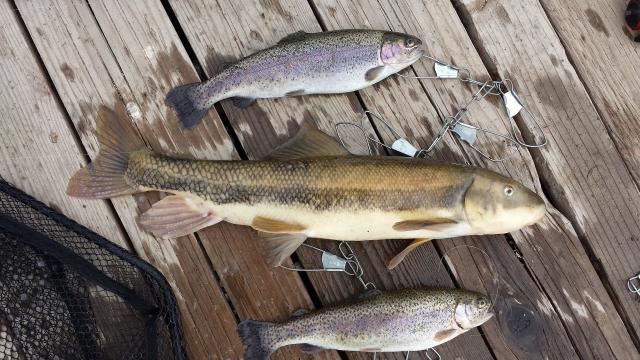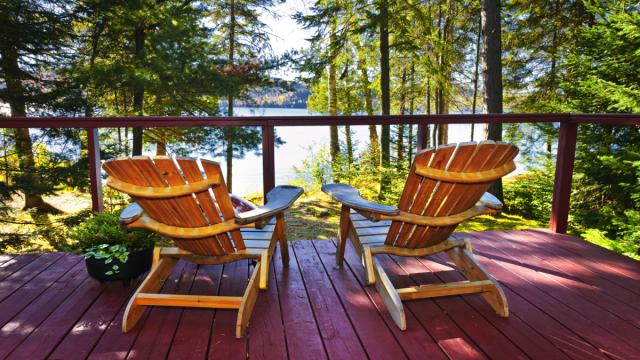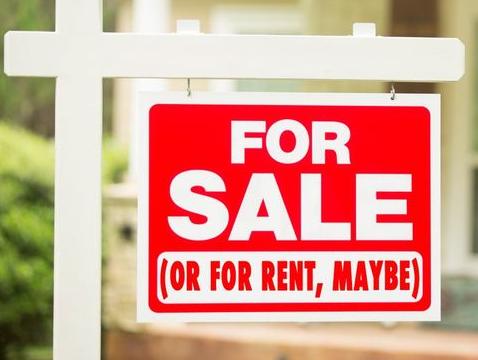Glenn S. Phillips
Glenn S. Phillips
Glenn S. Phillips is the CEO of Lake Homes Realty. He is also an author and speaker. When not thinking about real estate and technology, he periodically plays his ugly tuba (complete with a bullet hole), enjoys exploring cognitive thinking, and prefers dark chocolate.
Posts by Glenn S. Phillips
What Are Closing Costs?
Posted on in For Buyers & For Homeowners & For Sellers & Real Estate

There are lots of things that need to be taken into account when you are planning to buy or sell a property. One of those things is known as closing costs. It’s something that first-time buyers may not be aware …
The For-Sale-By-Owner Problem No One Talks About
Posted on in For Sellers & Industry News & Real Estate

Real estate has many ways it can be sold, and each approach has secrets. You can dig around online or talk with industry professionals and learn many of these secrets. However, that does not mean you will be aware of …
The Good and Bad of Relisting a Home for Sale
Posted on in For Sellers & Real Estate

Even celebrities can struggle to sell a home, as discussed in Natalie Way‘s recent Realtor.com article Christie Brinkley Relists Her 2 Homes in the Hamptons: Why Haven’t They Sold Yet? Brinkley’s homes are luxury properties, much like many lake homes …
6 Exercises That Are Better At The Lake
Posted on in Health and Wellness & Lake Activities & Lifestyle

For the fitness fans, exercising can be fun, but it is even more fun to exercise at the lake. Anything from swim routines to yoga can be refreshing at the lake. The following are six exercises that you can do at …
Trotline Fishing: Fill Your Freezer
Posted on in Lake Activities & Lifestyle

A trotline is a long rope or cord, used for fishing, which features with multiple hooks that dangle from it. These lines require little attention or effort to maintain. The wonderful thing about a trotline is that you are fishing without …
How Living on a Lake Can Reduce Your Stress
Posted on in Health and Wellness & Lifestyle

Research has shown bodies of water, including lakes, seas and oceans and rivers, can have significant positive impacts on one’s physical, mental and spiritual well-being. These “blue spaces” as the article calls them, can reduce stress levels and increase feelings of happiness. …
Tips for Dealing with Spring Pollen
Posted on in Health and Wellness & Real Estate

Allergies are a horrible thing to deal with, especially when spring pollen comes into play. It can cause many symptoms from a runny nose to headaches and at times, fevers. Spring brings sunshine and flowers; however, it also brings misery …
Home Not Selling? The Two Real Reasons Why (and How to Avoid Them)
Posted on in Real Estate

Every real estate market, in any economy, has a number of homeowners dismayed about their home not selling. These houses just sit on the market. They become stale inventory, frustrating the home seller, real estate agents, and even buyers (yes, buyers). Over …
Outdoor Fun At the Lake: Cornhole
Posted on in Lake Activities & Lifestyle

Cornhole is a fun recreational activity similar to a bean bag toss game. It is played on a lawn and requires players to throw bean bags at raised platforms. This has become a very popular game to play at picnics, …

